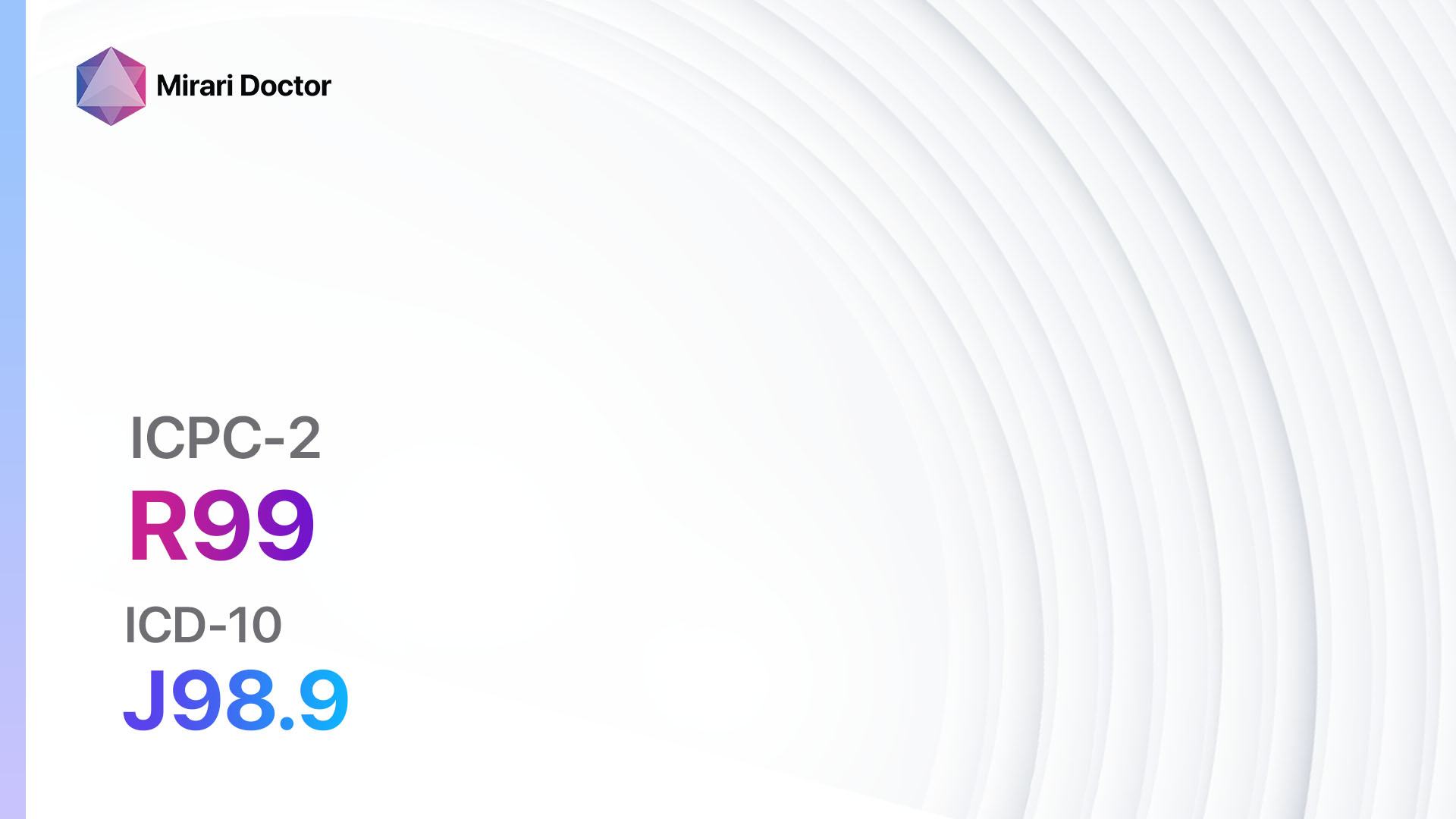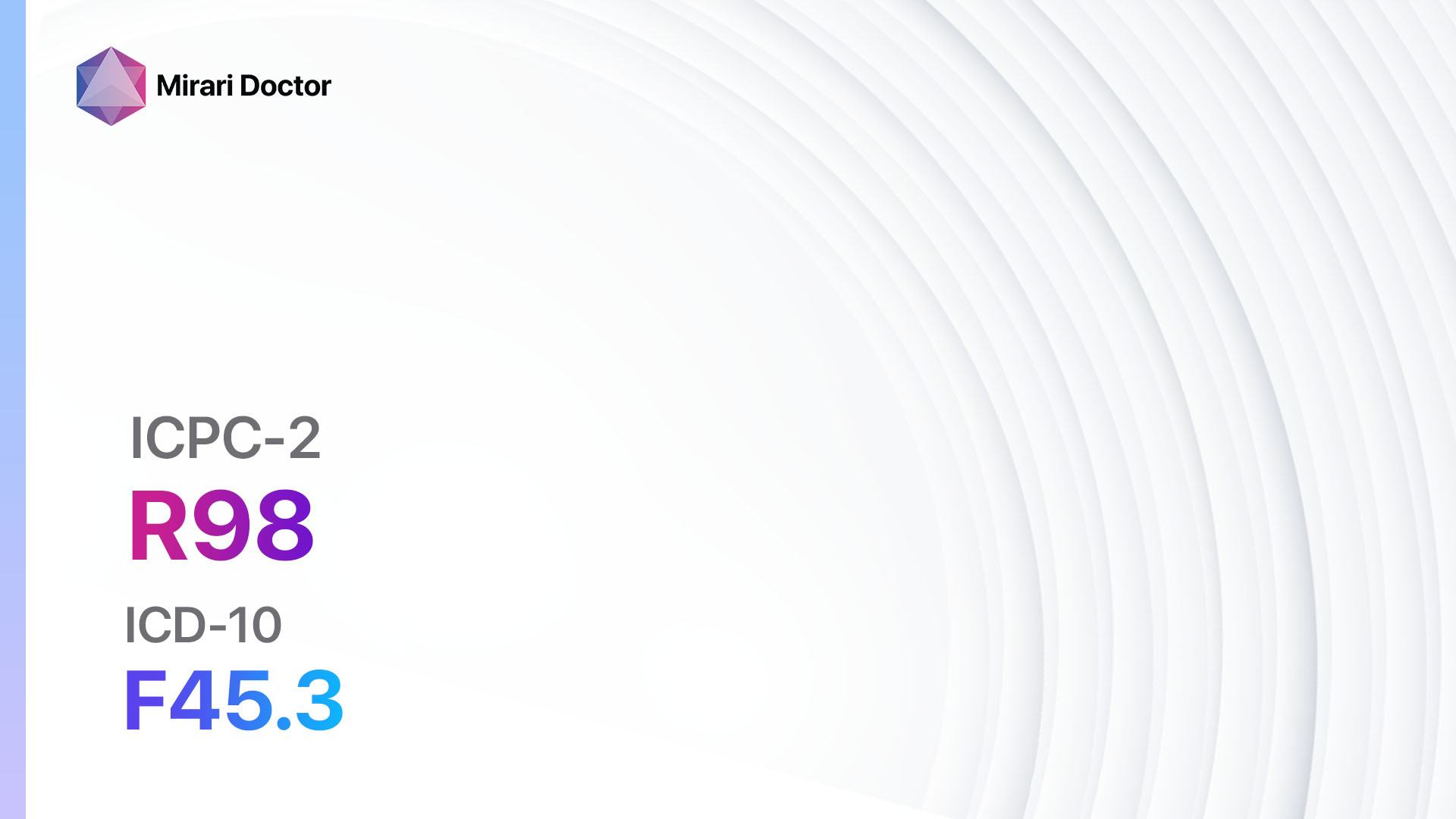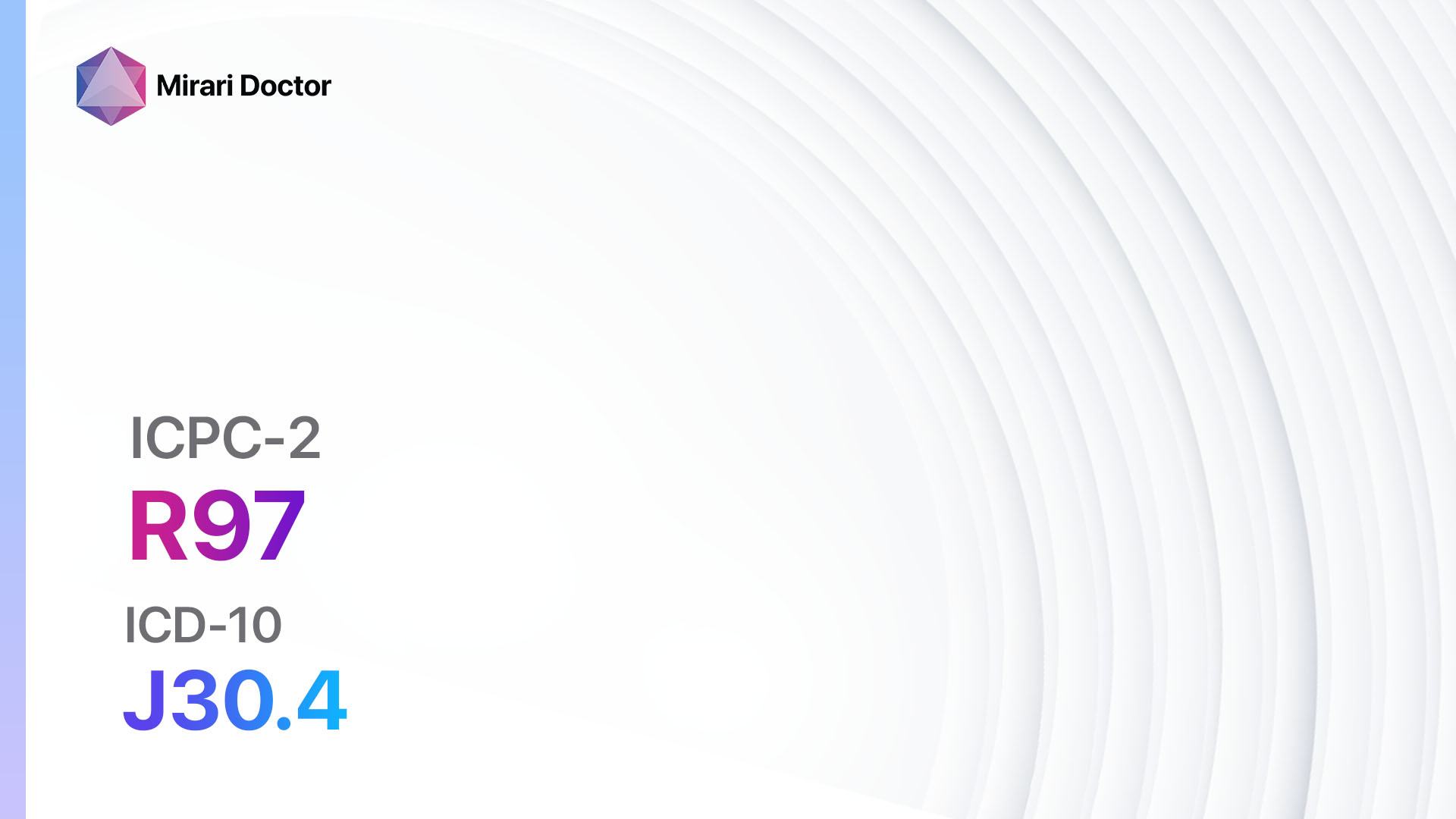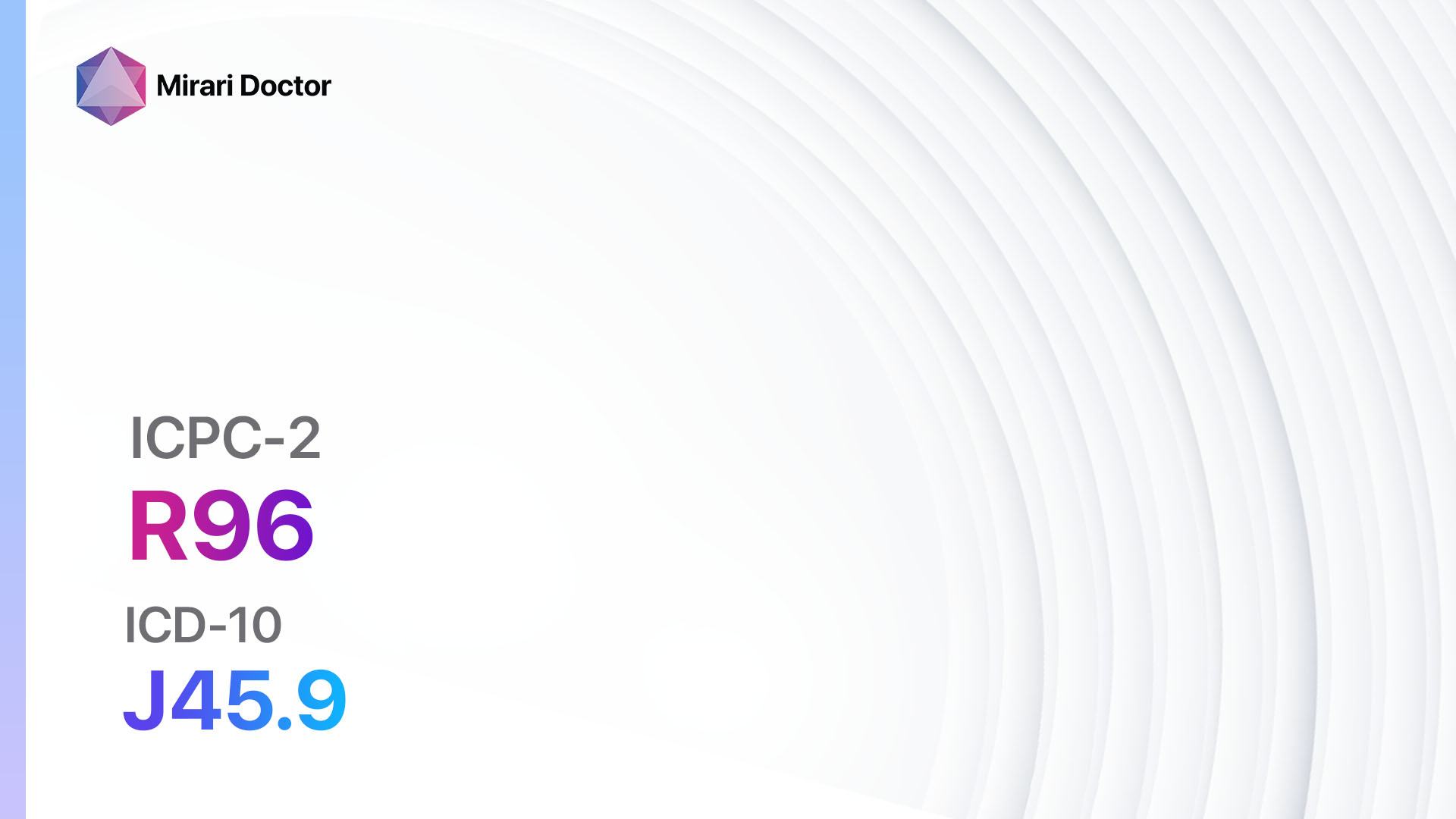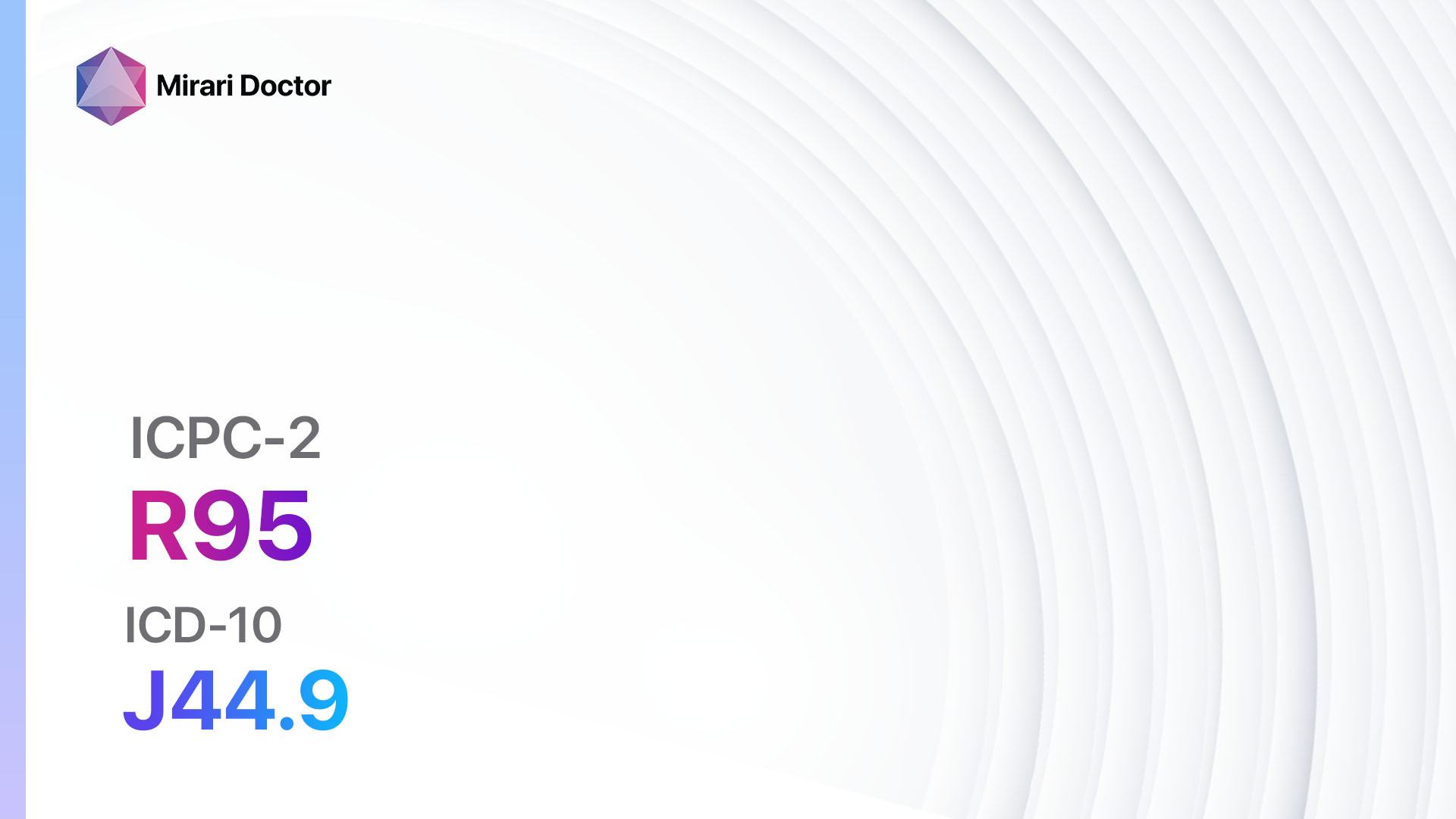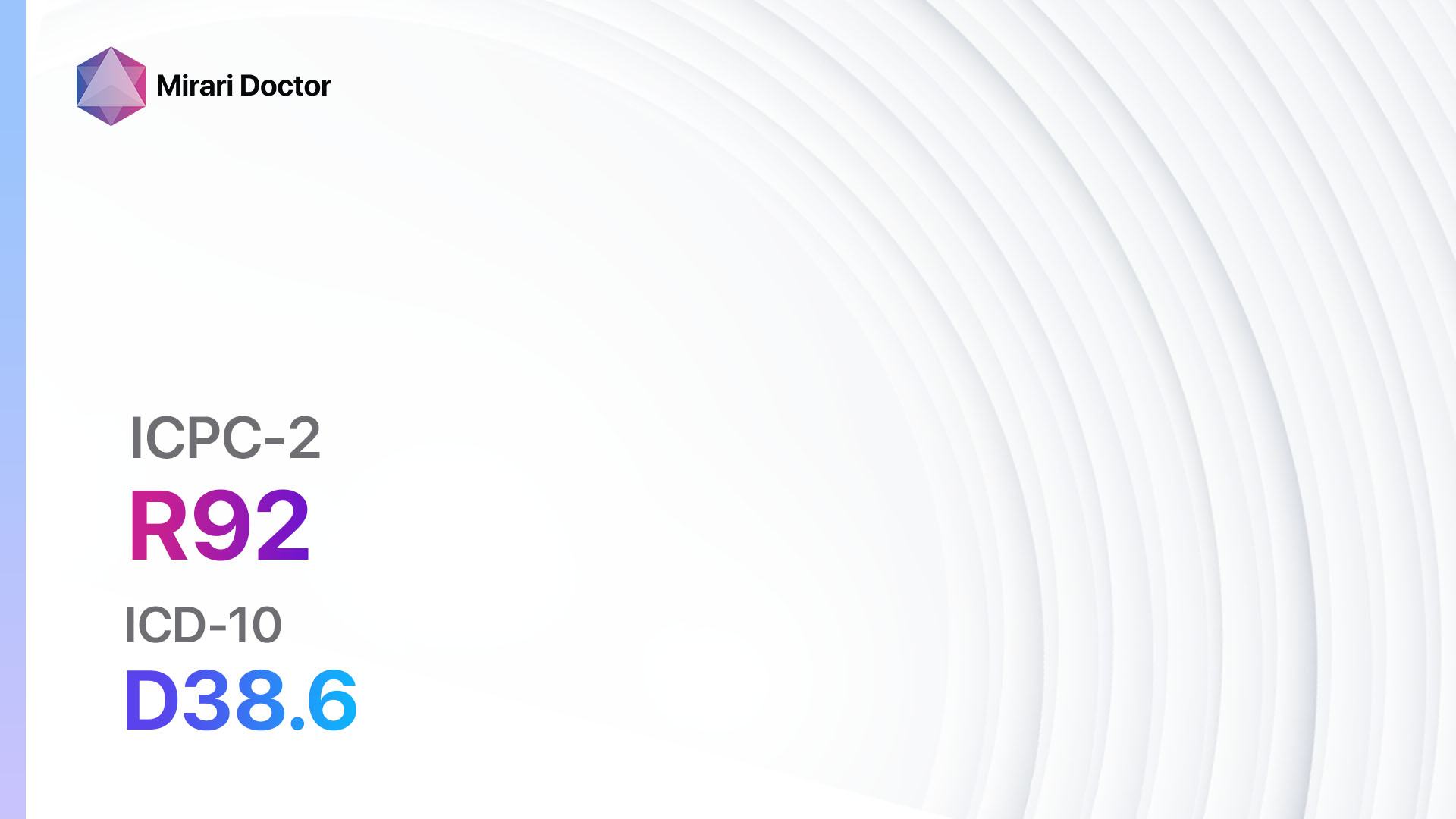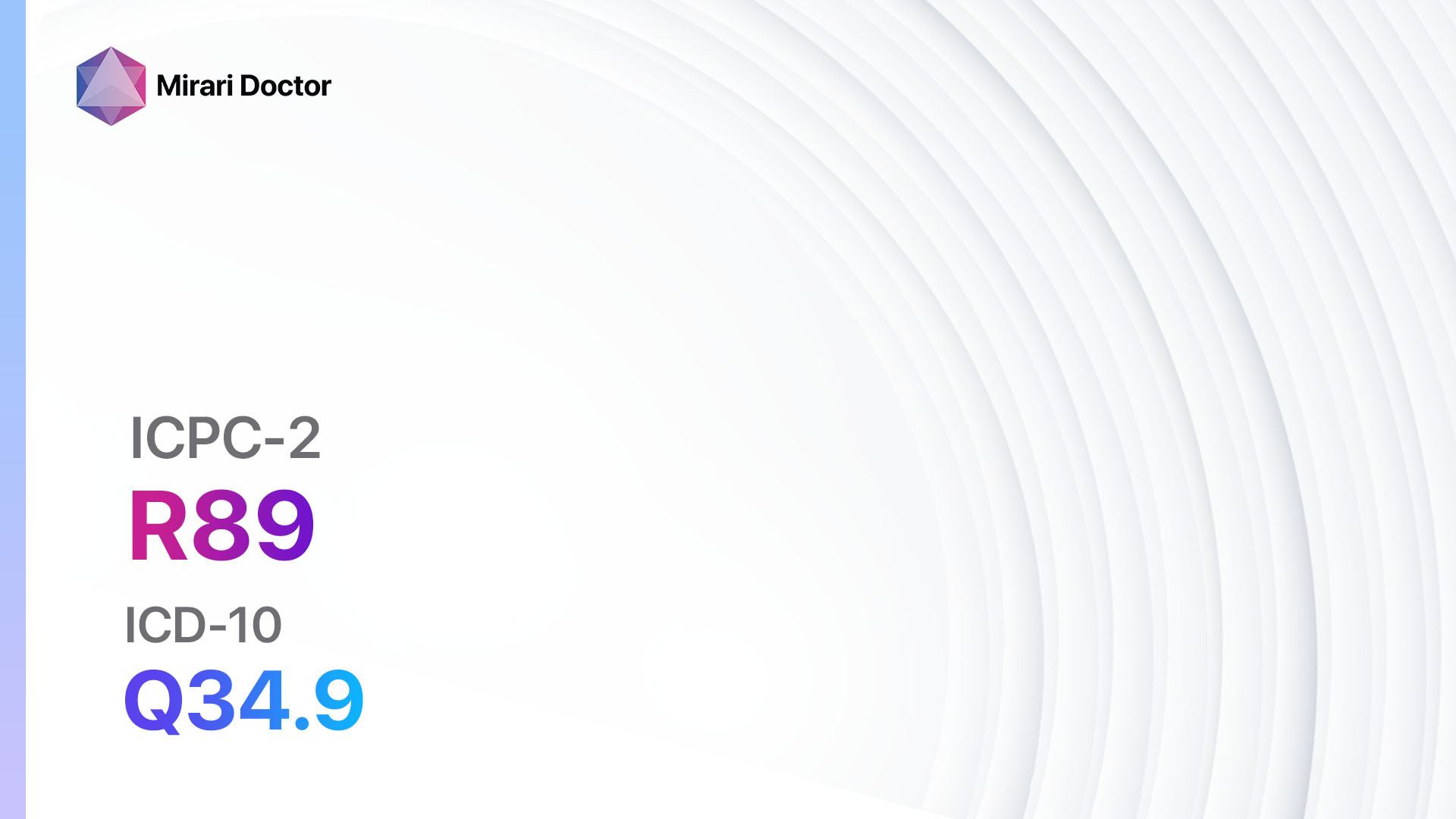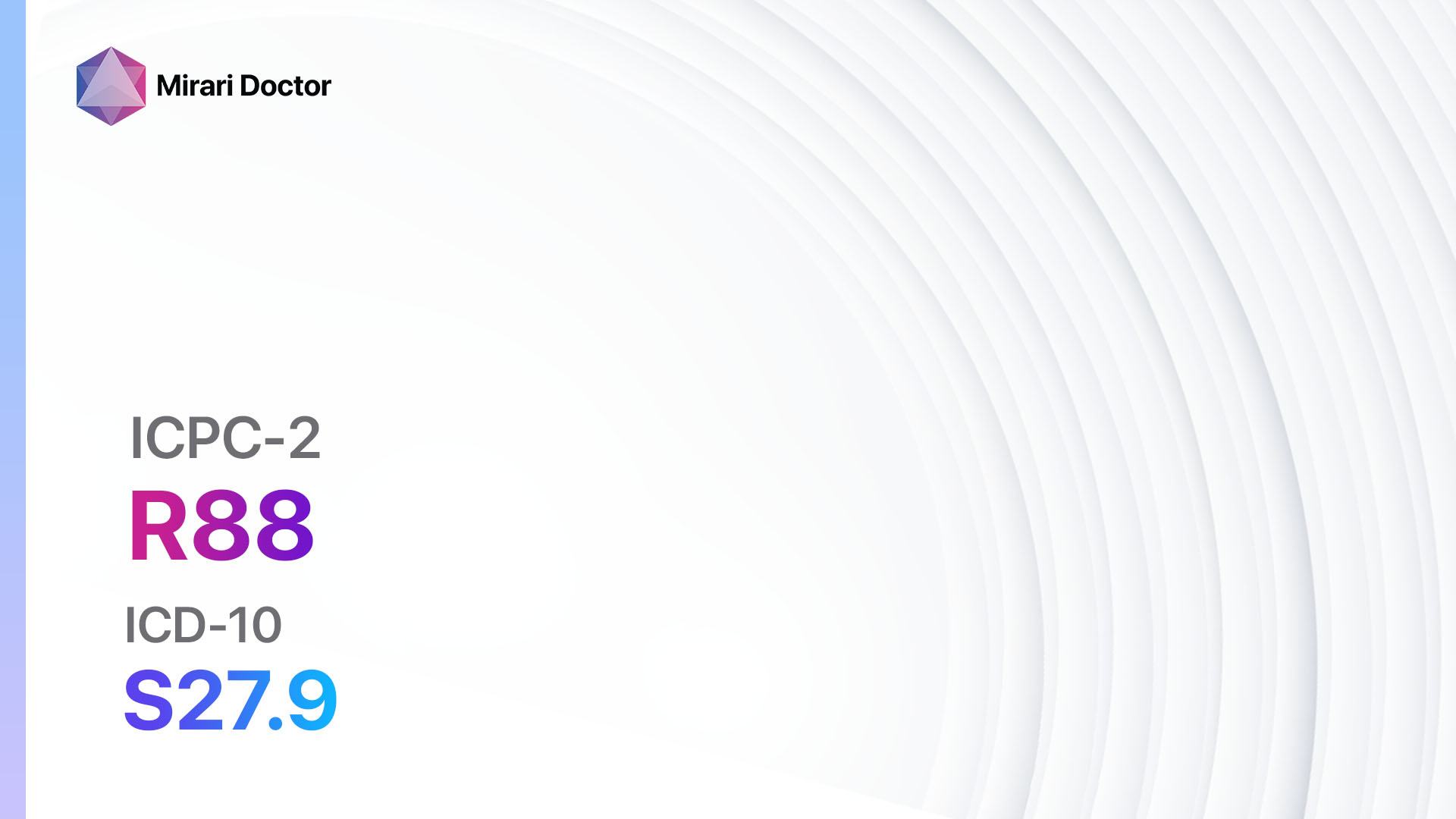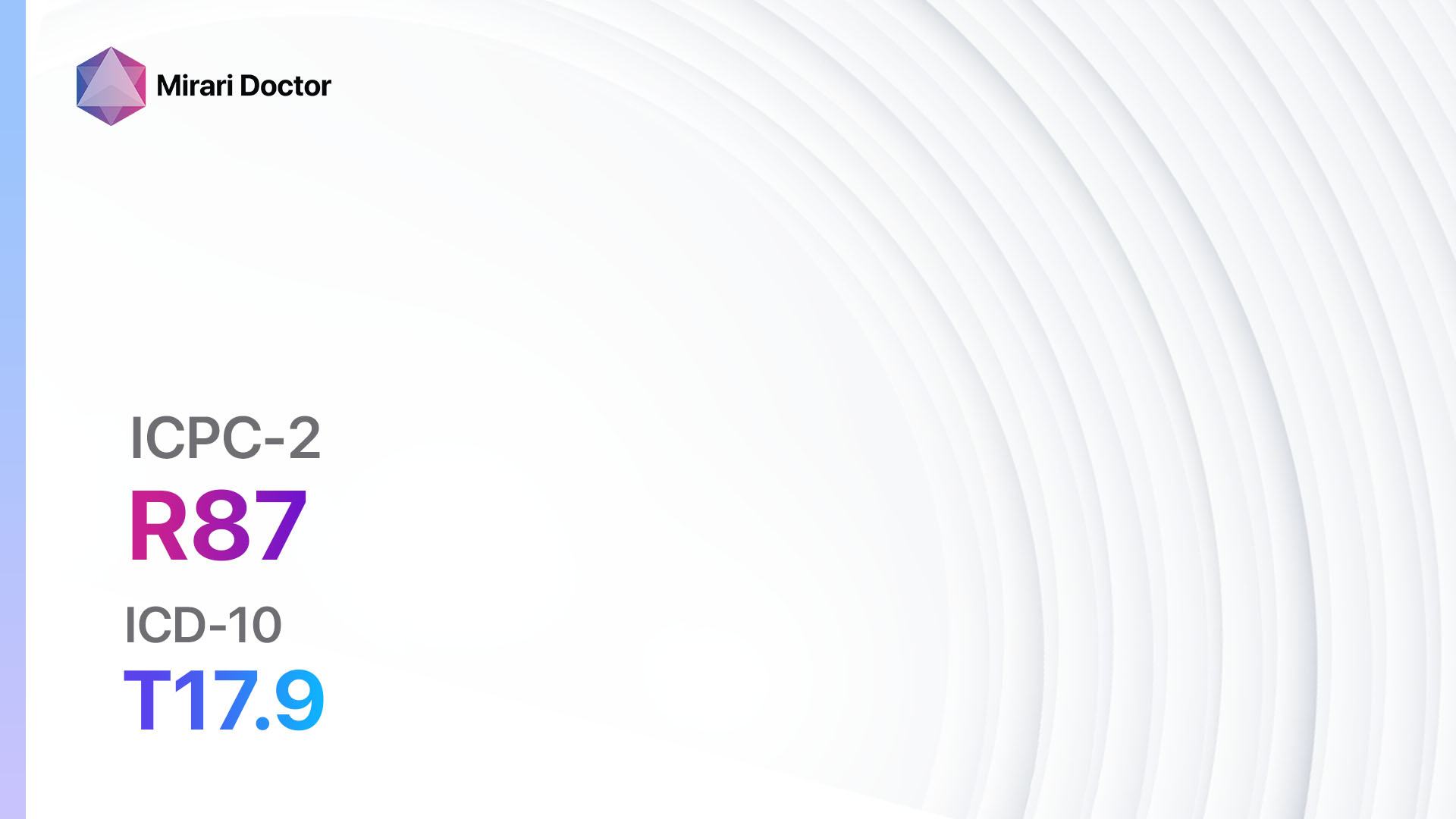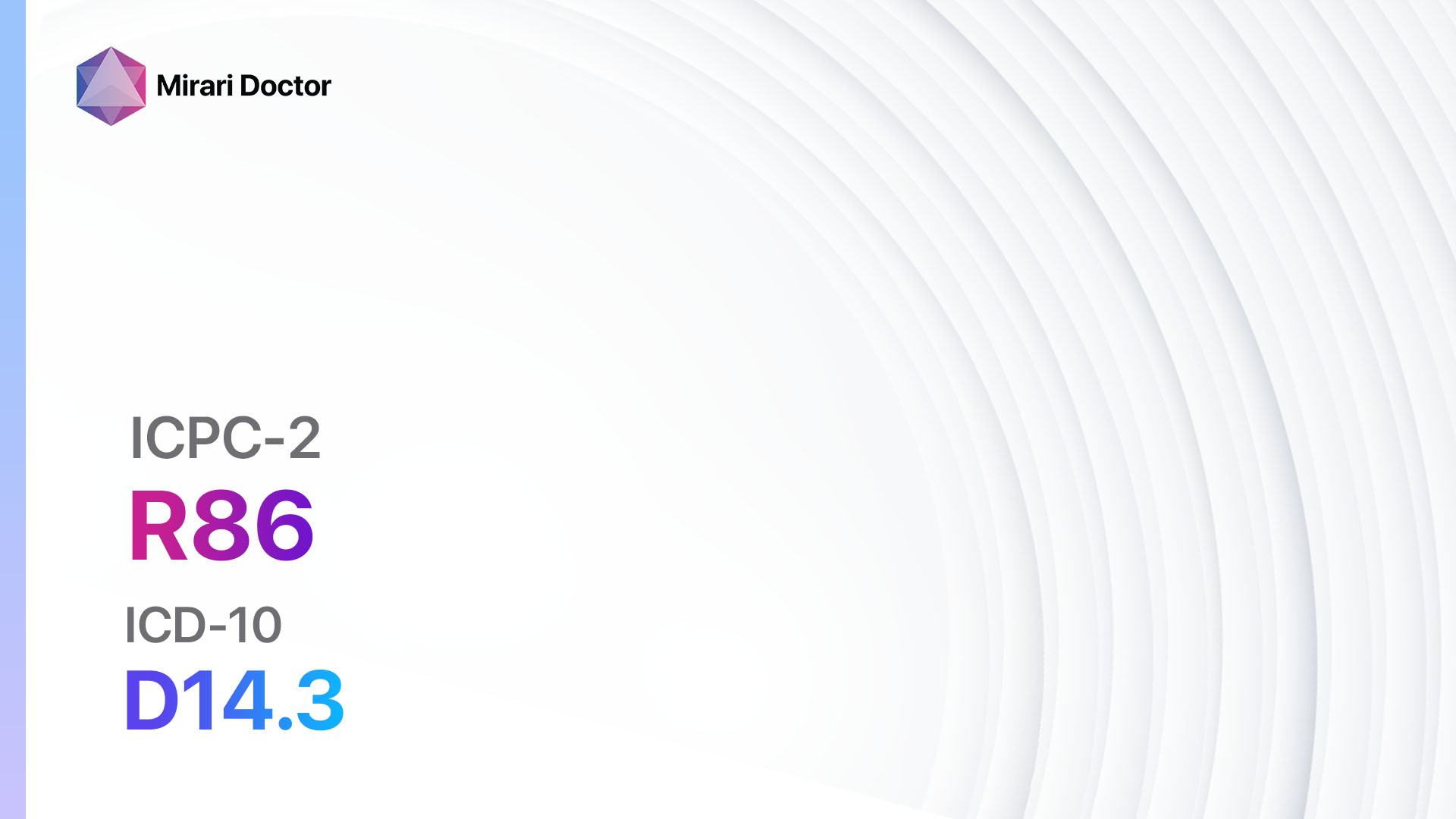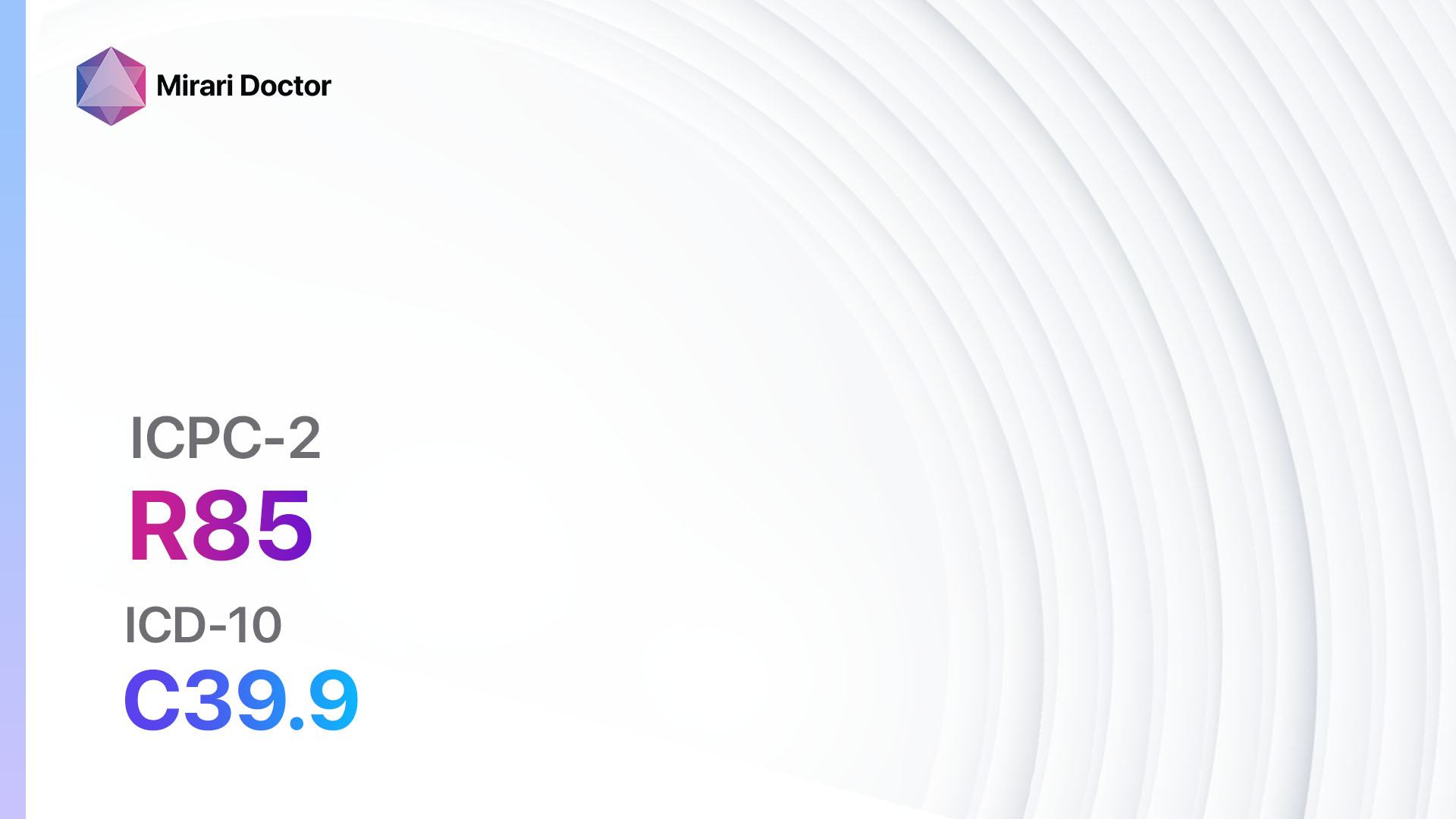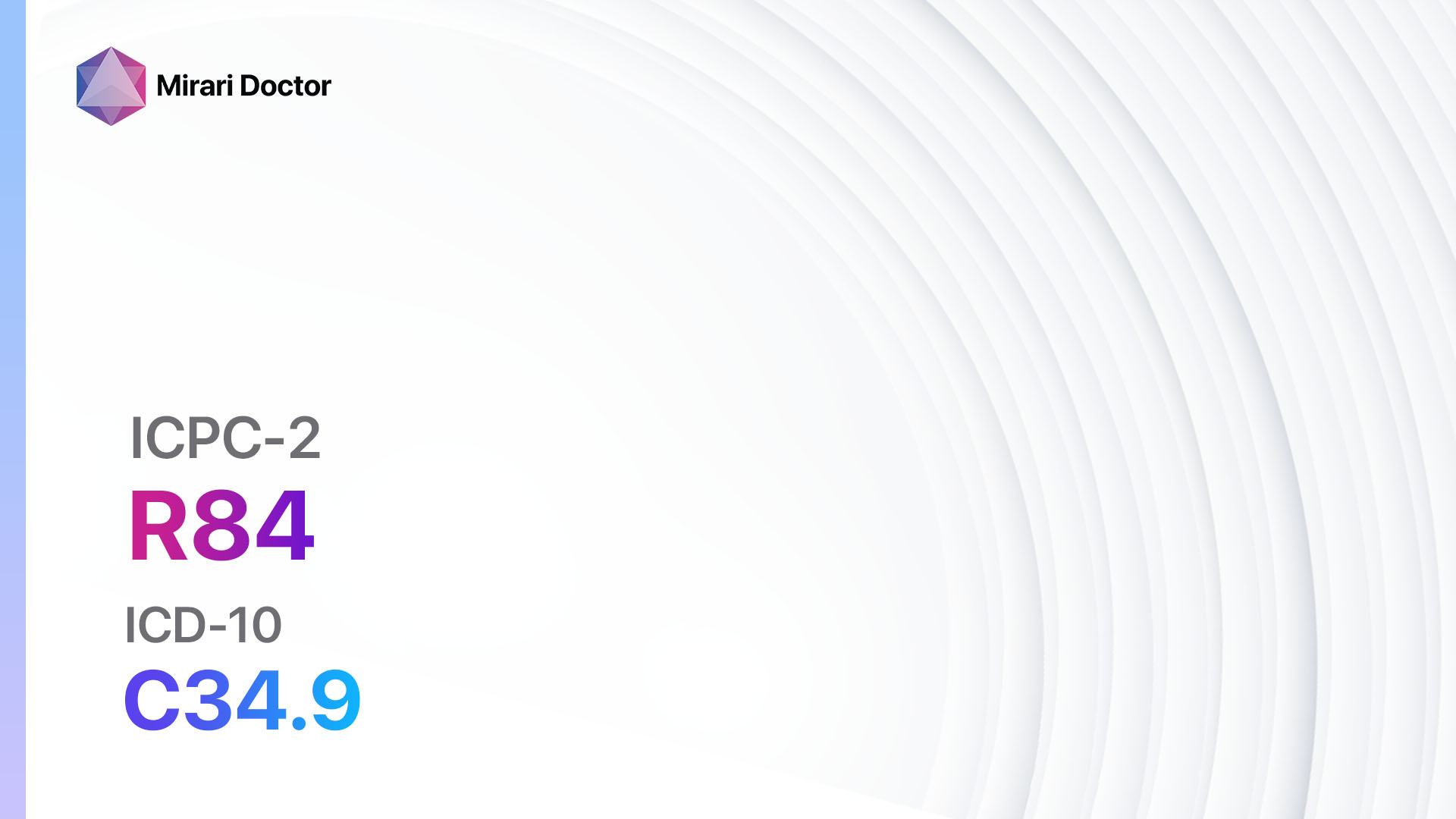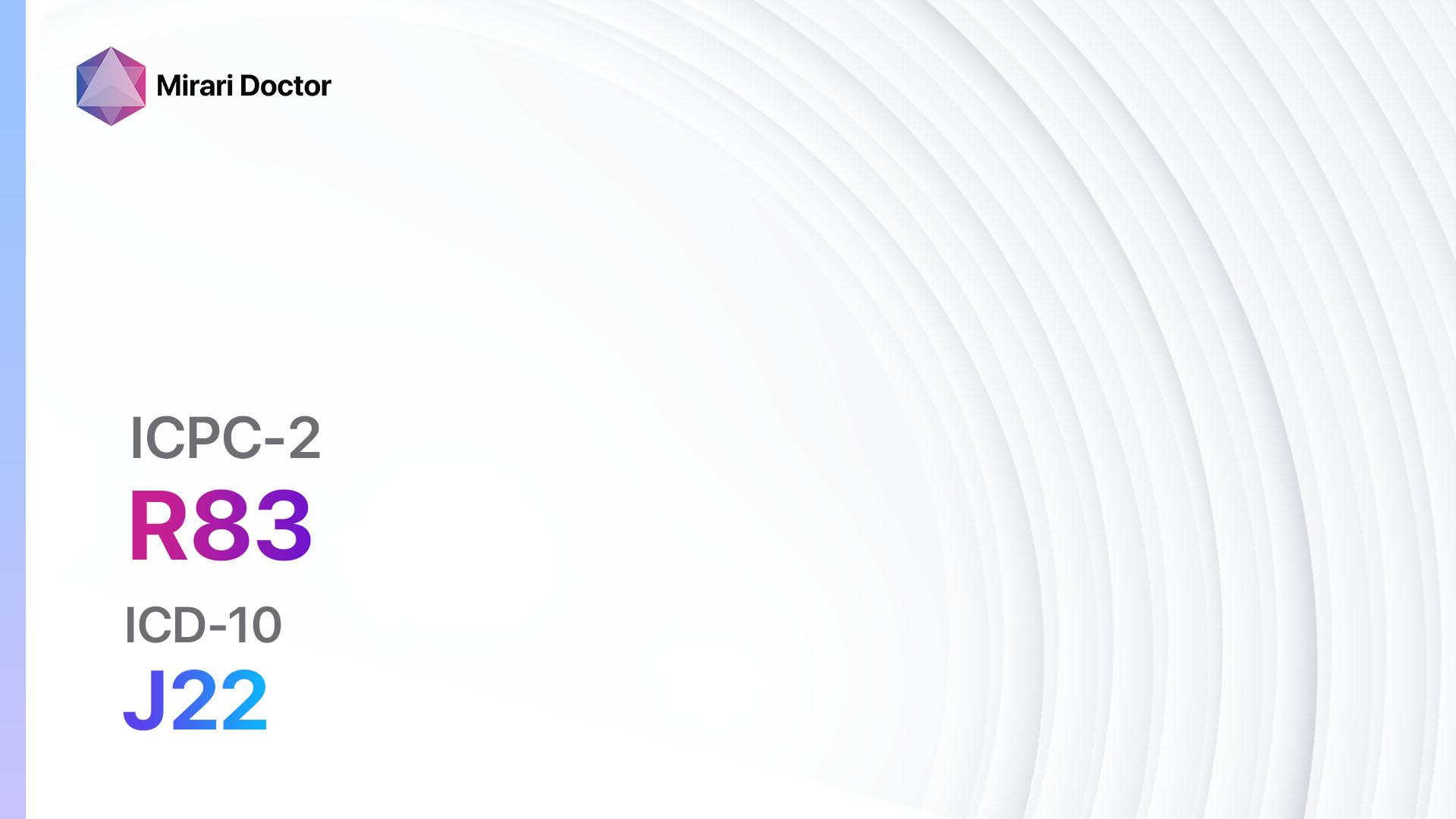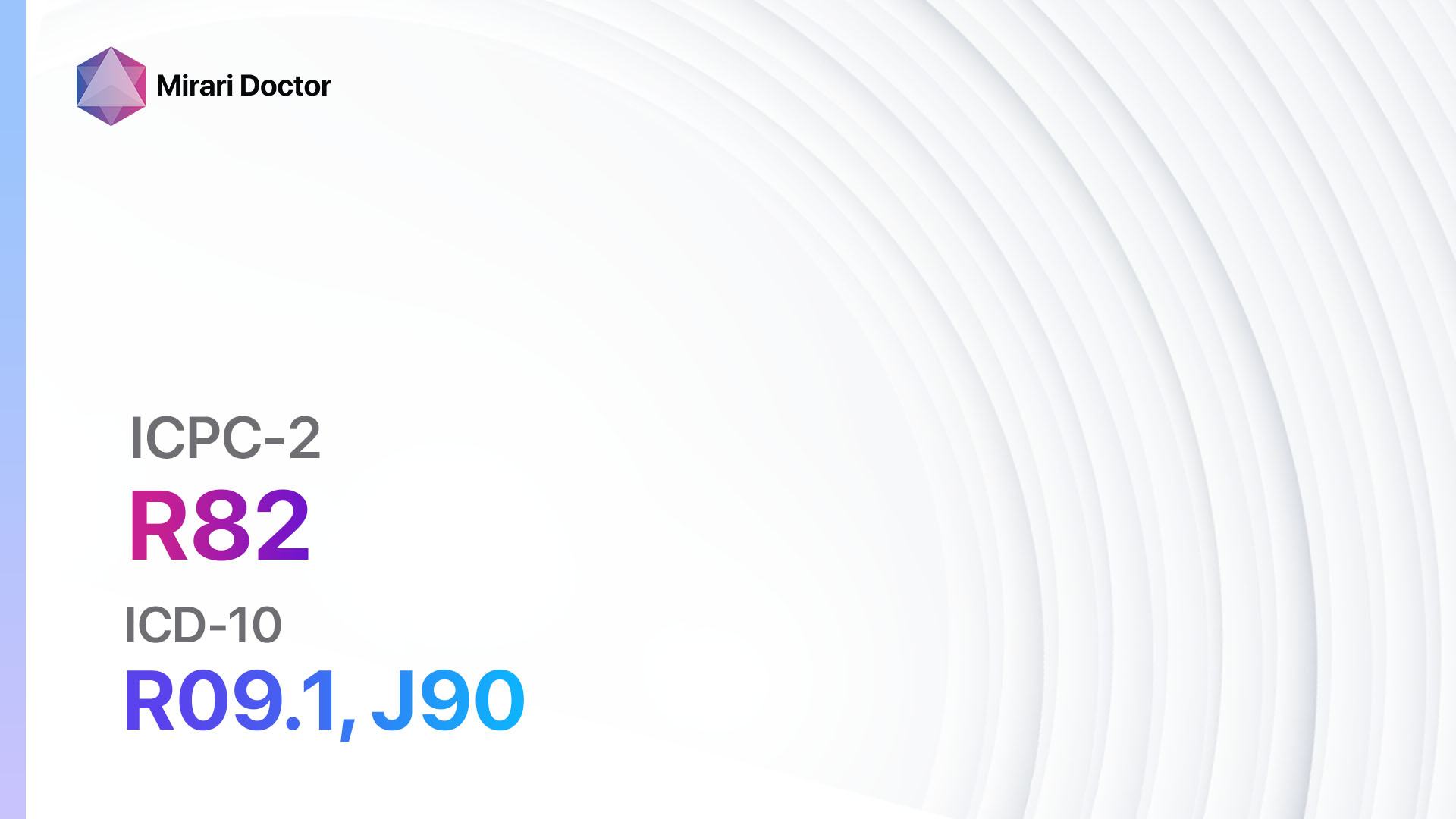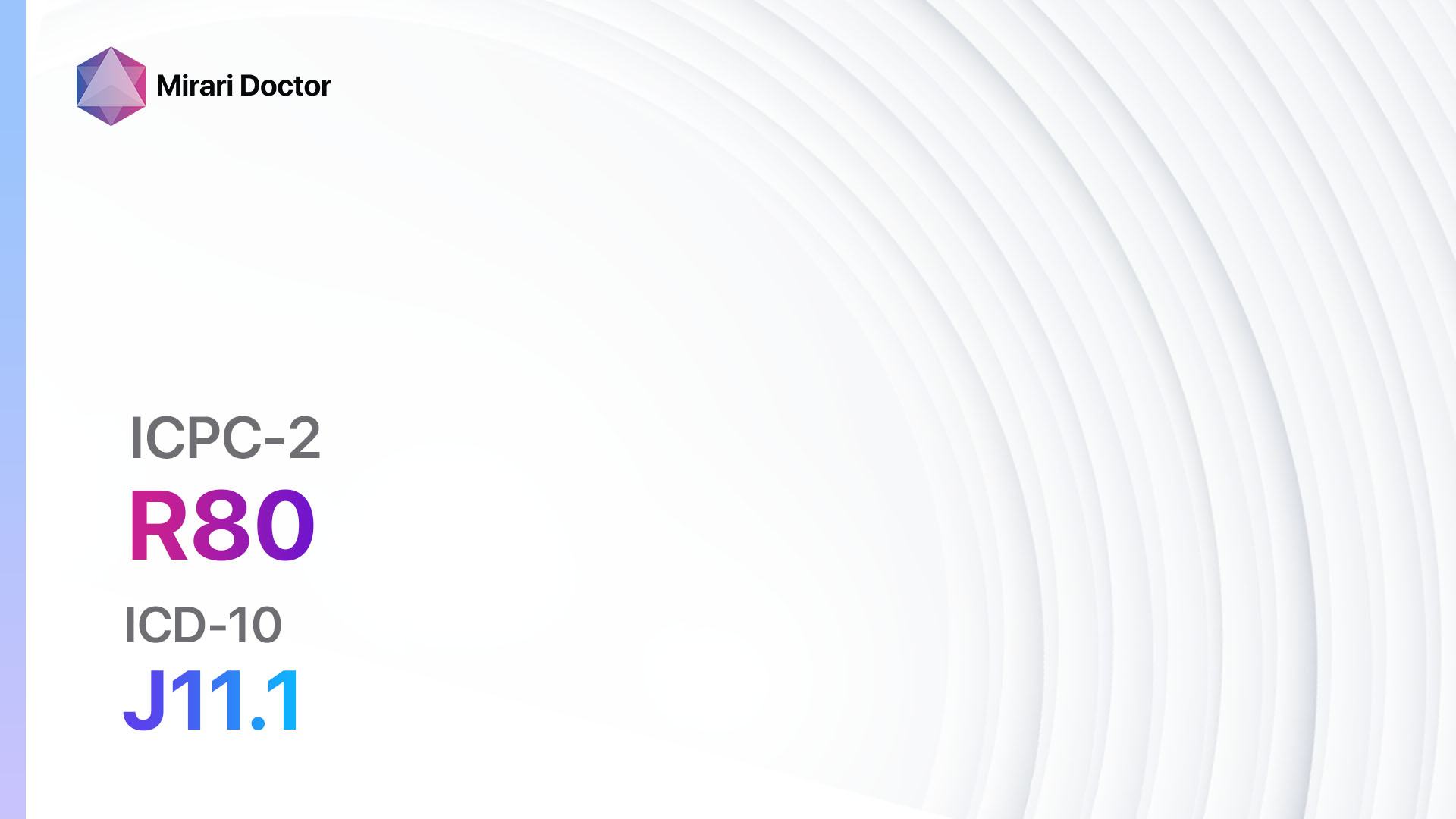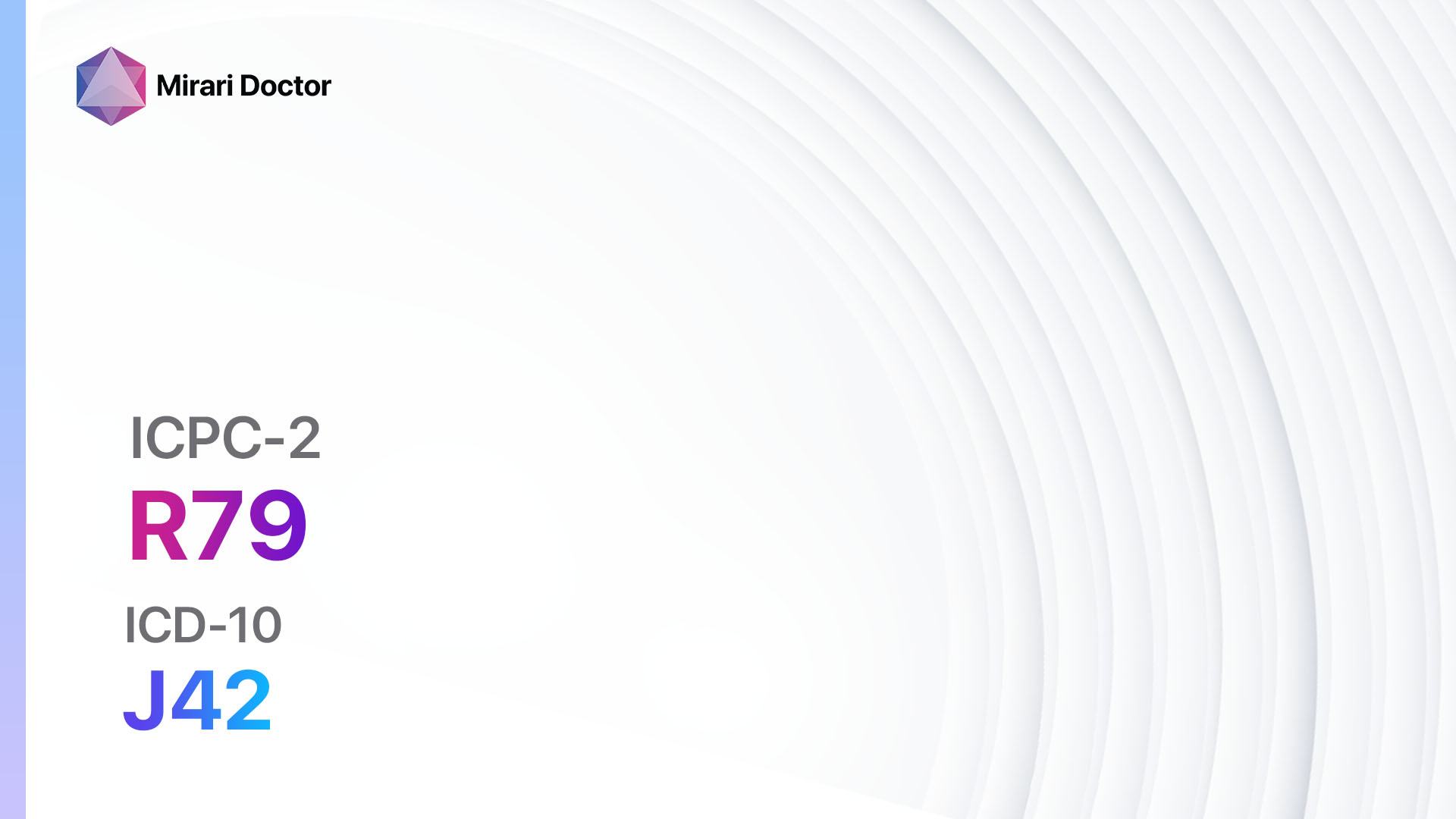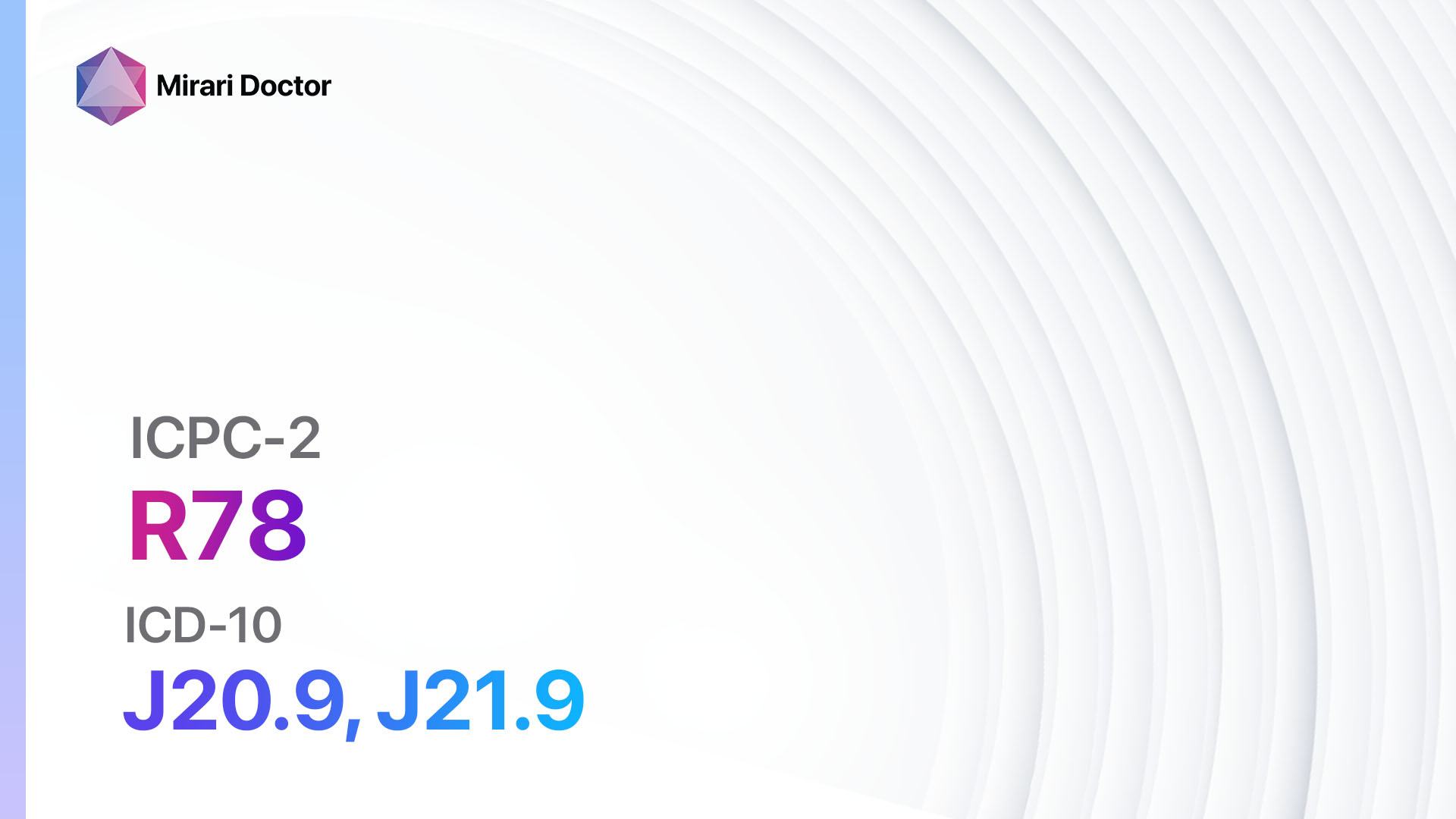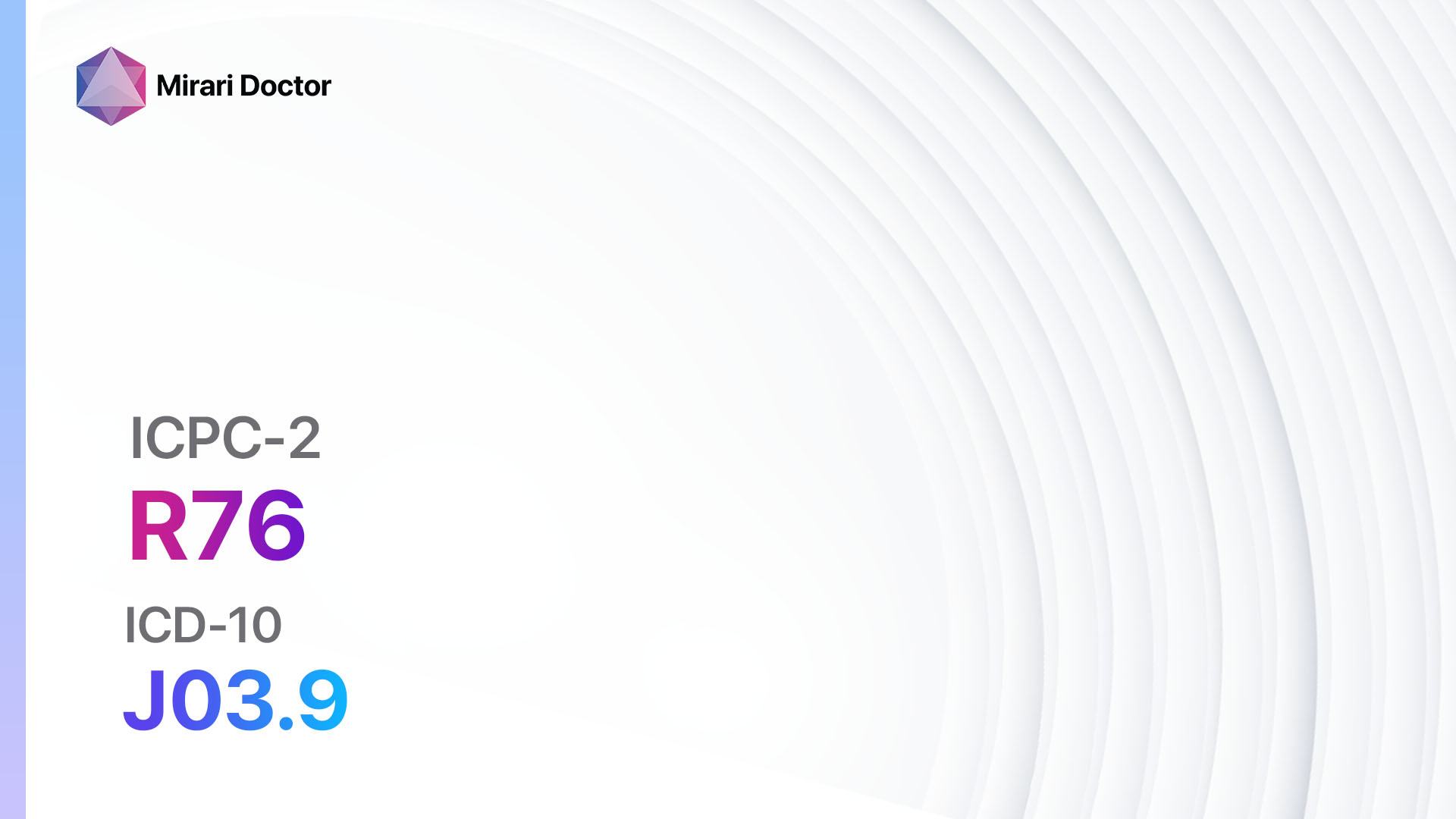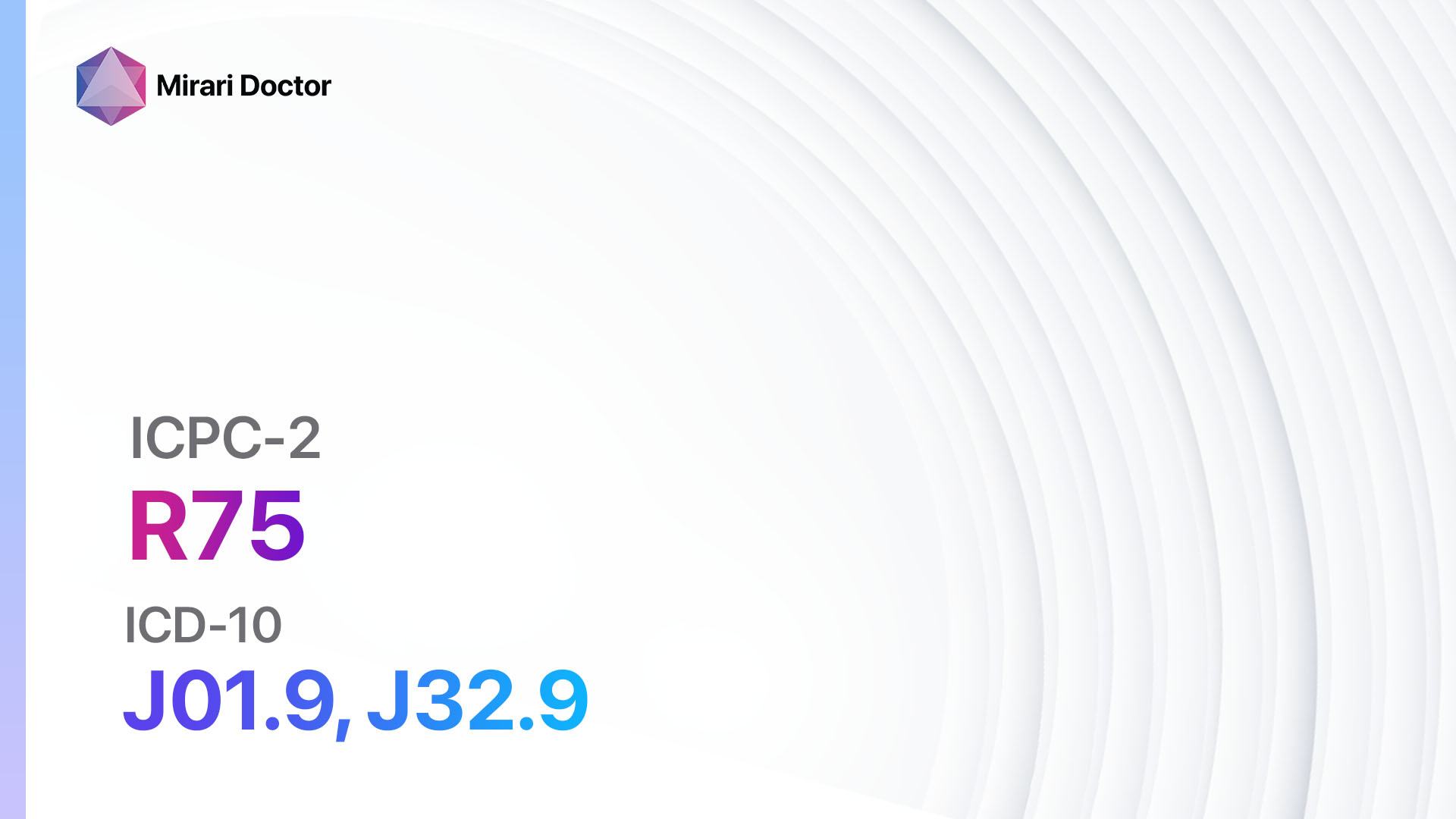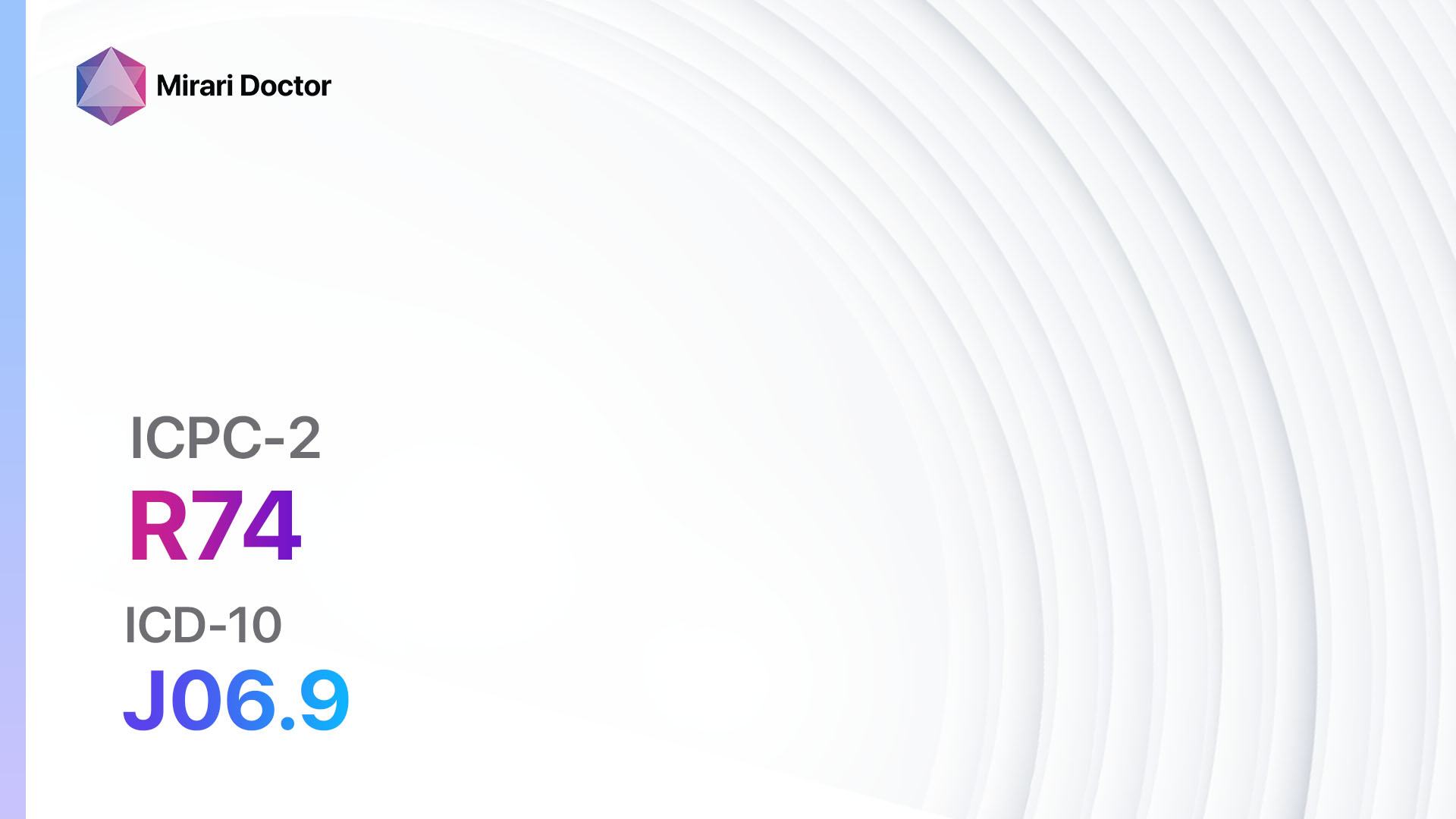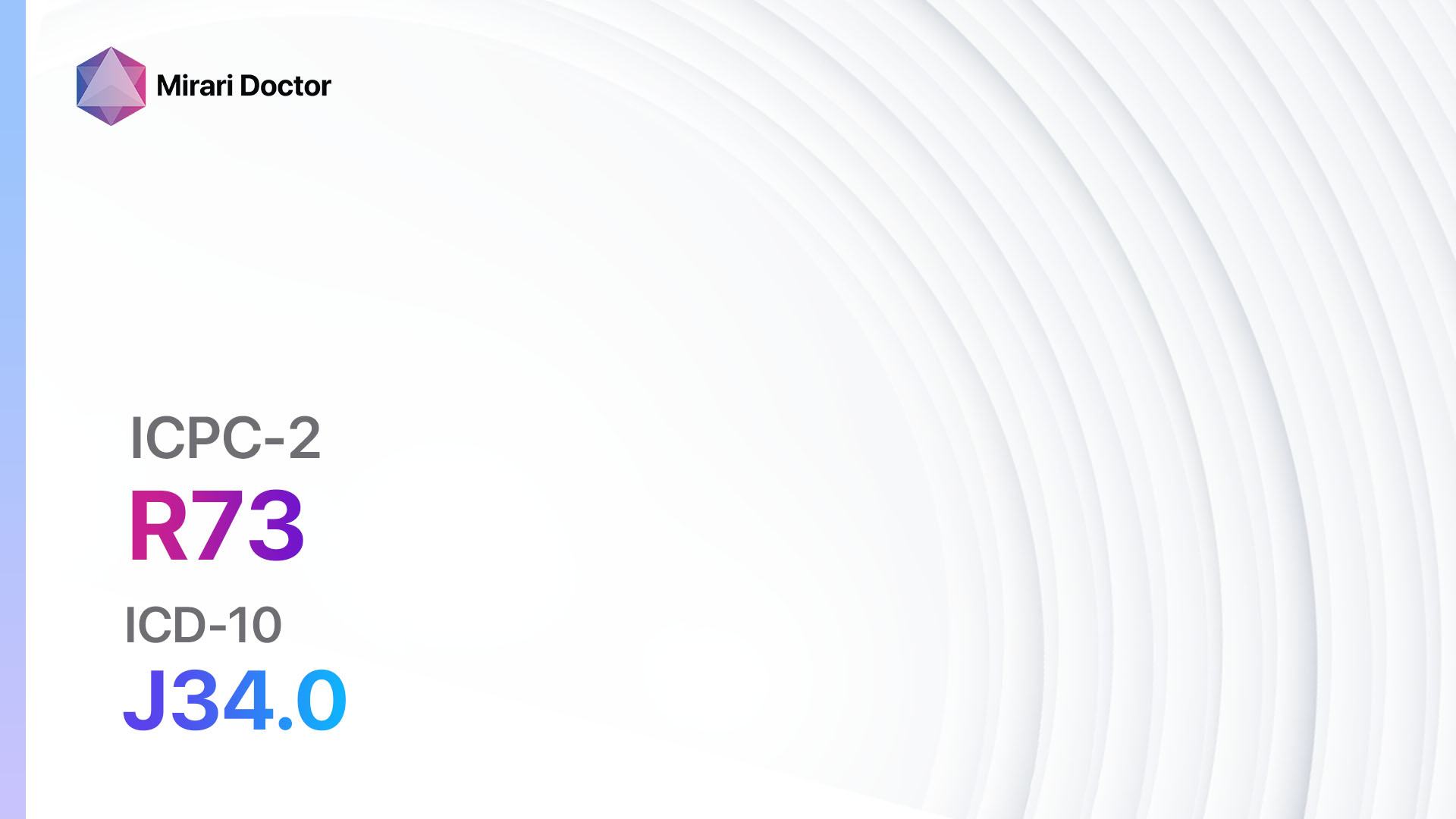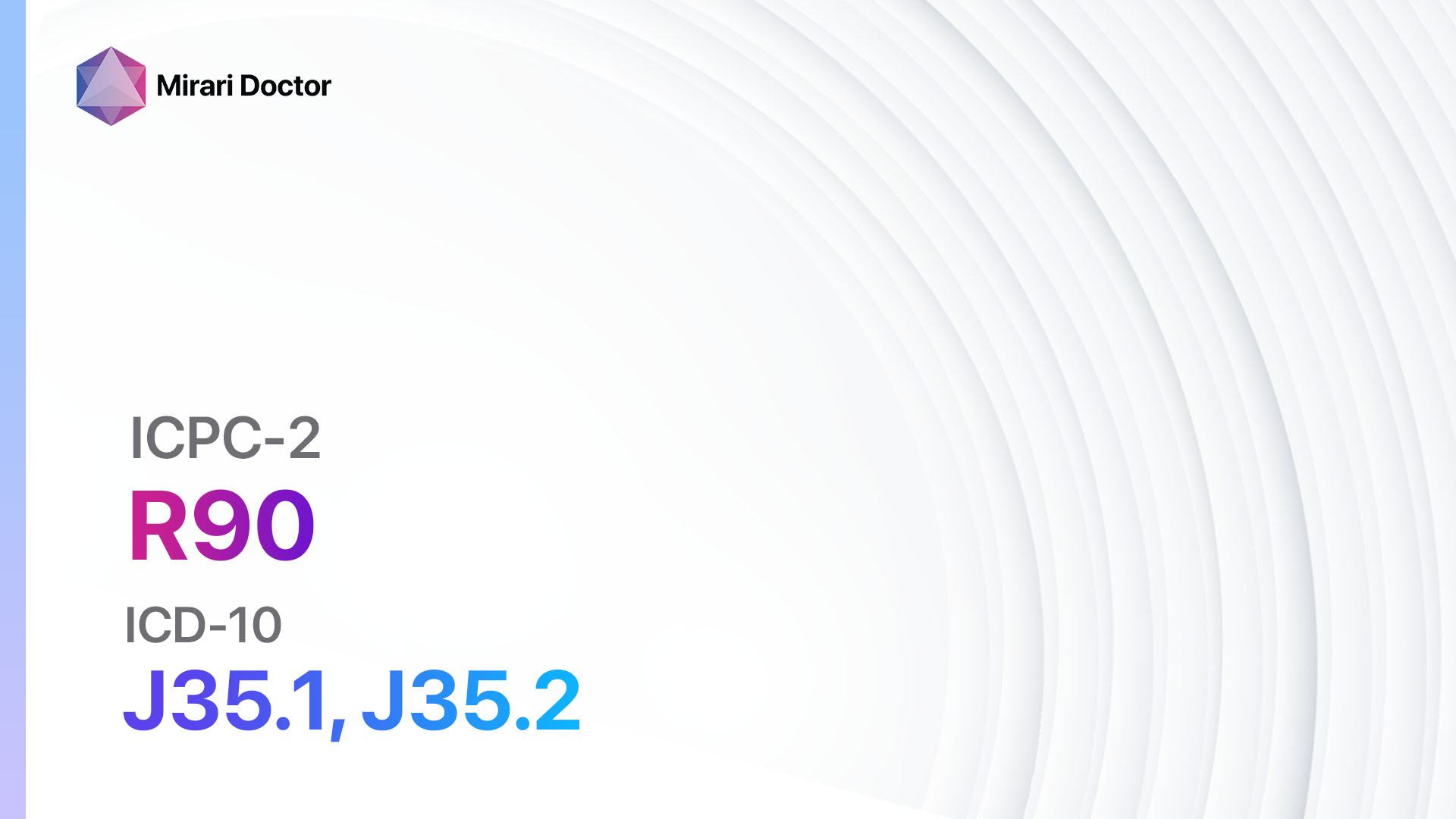
Introduction
Hypertrophy of the tonsils and adenoids refers to the enlargement of these lymphoid tissues located in the throat and behind the nose, respectively. This condition can lead to various symptoms and complications, affecting both children and adults.[1] The aim of this guide is to provide a comprehensive overview of the symptoms, causes, diagnostic steps, possible interventions, and patient education related to hypertrophy tonsils/adenoids.
Codes
- ICPC-2 Code: R90 Hypertrophy tonsils/adenoids
- ICD-10 Code: J35.1 Hypertrophy of tonsils, J35.2 Hypertrophy of adenoids[2]
Symptoms
- Difficulty breathing through the nose
- Frequent snoring
- Sleep apnea
- Chronic mouth breathing
- Recurrent ear infections
- Sore throat
- Difficulty swallowing
- Bad breath
- Enlarged tonsils or adenoids visible at the back of the throat[3]
Causes
- Recurrent infections: Frequent or chronic infections can cause inflammation and enlargement of the tonsils and adenoids.
- Allergies: Allergic reactions can lead to chronic inflammation and hypertrophy of the tonsils and adenoids.
- Genetics: Some individuals may have a genetic predisposition to hypertrophy of the tonsils and adenoids.
- Environmental factors: Exposure to secondhand smoke or air pollution may contribute to the development of hypertrophy tonsils/adenoids.[4]
Diagnostic Steps
Medical History
- Gather information about the patient’s symptoms, including the duration and severity.
- Ask about any previous diagnoses of tonsillitis, adenoiditis, or sleep apnea.
- Inquire about any allergies or history of recurrent infections.
- Assess the impact of symptoms on the patient’s daily life and quality of sleep.[5]
Physical Examination
- Examine the throat and nasal passages for signs of inflammation or enlargement.
- Observe the patient’s breathing pattern and look for signs of mouth breathing.
- Check for enlarged tonsils or adenoids visible at the back of the throat.
- Evaluate the patient’s overall health and assess for any associated conditions, such as obesity or nasal congestion.[6]
Laboratory Tests
- Complete blood count (CBC): To assess for signs of infection or inflammation.
- Allergy testing: To determine if allergies are contributing to the hypertrophy of the tonsils and adenoids.
- Throat culture: To identify the presence of bacteria or viruses that may be causing recurrent infections.[7]
Diagnostic Imaging
- X-ray: Can provide a visual assessment of the size and shape of the tonsils and adenoids.
- CT scan or MRI: May be necessary in cases where the extent of hypertrophy needs to be evaluated or if there are concerns about other underlying conditions.[8]
Other Tests
- Sleep study: If sleep apnea is suspected, a sleep study may be recommended to assess the severity of the condition and determine the appropriate treatment.[9]
Follow-up and Patient Education
- Discuss the diagnosis with the patient and provide information about the condition.
- Explain the potential complications of untreated hypertrophy tonsils/adenoids, such as recurrent infections, sleep disturbances, and developmental issues in children.
- Discuss the available treatment options and their potential benefits and risks.
- Provide recommendations for lifestyle modifications and self-care measures to manage symptoms and prevent complications.
- Schedule follow-up appointments to monitor the patient’s progress and adjust the treatment plan if necessary.[10]
Possible Interventions
Traditional Interventions
Medications:
Top 5 drugs for hypertrophy tonsils/adenoids:
- Antibiotics (e.g., Amoxicillin, Azithromycin):
- Cost: Generic versions can be $3-$50/month.
- Contraindications: Allergy to penicillin or macrolide antibiotics.
- Side effects: Nausea, diarrhea, rash.
- Severe side effects: Severe allergic reactions, Clostridium difficile infection.
- Drug interactions: Warfarin, oral contraceptives.
- Warning: Complete the full course of antibiotics as prescribed.
- Steroids (e.g., Prednisone, Dexamethasone):
- Cost: Generic versions can be $4-$50/month.
- Contraindications: Active infections, systemic fungal infections.
- Side effects: Increased appetite, weight gain, mood changes.
- Severe side effects: Adrenal suppression, osteoporosis.
- Drug interactions: Nonsteroidal anti-inflammatory drugs (NSAIDs), anticoagulants.
- Warning: Do not stop abruptly; taper the dose as directed.
- Antihistamines (e.g., Loratadine, Cetirizine):
- Cost: Generic versions can be $5-$20/month.
- Contraindications: Narrow-angle glaucoma, urinary retention.
- Side effects: Drowsiness, dry mouth, blurred vision.
- Severe side effects: Severe allergic reactions, liver damage.
- Drug interactions: Sedatives, alcohol.
- Warning: Avoid activities requiring mental alertness until the effects are known.
- Decongestants (e.g., Pseudoephedrine, Phenylephrine):
- Cost: Generic versions can be $5-$20/month.
- Contraindications: Severe hypertension, coronary artery disease.
- Side effects: Increased heart rate, elevated blood pressure, insomnia.
- Severe side effects: Stroke, heart attack.
- Drug interactions: Monoamine oxidase inhibitors (MAOIs), beta-blockers.
- Warning: Limit use to short-term relief; prolonged use may lead to rebound congestion.
- Saline nasal sprays:
- Cost: $5-$15 per bottle.
- Contraindications: None.
- Side effects: Mild nasal irritation.
- Severe side effects: None.
- Drug interactions: None.
- Warning: Use as directed for nasal irrigation and moisturization.
Alternative Drugs:
- Montelukast: A leukotriene receptor antagonist that can help reduce inflammation in the airways.
- Nasal corticosteroid sprays (e.g., Fluticasone, Budesonide): Can help reduce nasal congestion and inflammation.
- Antibacterial mouthwashes: May be recommended to reduce the risk of secondary infections.
Surgical Procedures:
- Tonsillectomy: Surgical removal of the tonsils.
- Cost: $3,000 to $6,000.
- Contraindications: Bleeding disorders, uncontrolled medical conditions.
- Side effects: Pain, sore throat, temporary changes in taste.
- Severe side effects: Excessive bleeding, infection.
- Drug interactions: None.
- Warning: Follow post-operative care instructions carefully.
- Adenoidectomy: Surgical removal of the adenoids.
- Cost: $3,000 to $6,000.
- Contraindications: Bleeding disorders, uncontrolled medical conditions.
- Side effects: Sore throat, nasal congestion, bad breath.
- Severe side effects: Excessive bleeding, infection.
- Drug interactions: None.
- Warning: Follow post-operative care instructions carefully.
Alternative Interventions
- Acupuncture: May help reduce inflammation and improve symptoms.
- Cost: $60-$120 per session.
- Herbal remedies: Certain herbs, such as Echinacea and Goldenseal, may have anti-inflammatory and immune-boosting properties.
- Cost: Varies depending on the specific herb and preparation.
- Nasal irrigation: Using a saline solution to rinse the nasal passages can help reduce congestion and improve breathing.
- Cost: $10-$20 for a nasal irrigation kit.
- Steam inhalation: Inhaling steam from a bowl of hot water or using a humidifier can help relieve nasal congestion.
- Cost: Varies depending on the method used.
- Probiotics: Some studies suggest that certain strains of probiotics may help reduce the frequency and severity of respiratory infections.
- Cost: Varies depending on the specific probiotic supplement.
Lifestyle Interventions
- Maintain good oral hygiene: Regular brushing and flossing can help reduce the risk of secondary infections and bad breath.
- Cost: Varies depending on dental care products used.
- Avoid allergens: Identify and minimize exposure to allergens that may be contributing to the hypertrophy of the tonsils and adenoids.
- Cost: Varies depending on the specific allergen avoidance measures.
- Maintain a healthy weight: Obesity can contribute to the development and worsening of hypertrophy tonsils/adenoids.
- Cost: Varies depending on individual weight management strategies.
- Avoid smoking and secondhand smoke: Smoking and exposure to secondhand smoke can worsen symptoms and increase the risk of complications.
- Cost: Varies depending on smoking cessation methods.
- Use a humidifier: Adding moisture to the air can help reduce nasal congestion and improve breathing.
- Cost: $20-$100 for a humidifier.
It is important to note that the cost ranges provided are approximate and may vary depending on the location and availability of the interventions.
Mirari Cold Plasma Alternative Intervention
Understanding Mirari Cold Plasma
- Safe and Non-Invasive Treatment: Mirari Cold Plasma is a safe and non-invasive treatment option for various skin conditions. It does not require incisions, minimizing the risk of scarring, bleeding, or tissue damage.
- Efficient Extraction of Foreign Bodies: Mirari Cold Plasma facilitates the removal of foreign bodies from the skin by degrading and dissociating organic matter, allowing easier access and extraction.
- Pain Reduction and Comfort: Mirari Cold Plasma has a local analgesic effect, providing pain relief during the treatment, making it more comfortable for the patient.
- Reduced Risk of Infection: Mirari Cold Plasma has antimicrobial properties, effectively killing bacteria and reducing the risk of infection.
- Accelerated Healing and Minimal Scarring: Mirari Cold Plasma stimulates wound healing and tissue regeneration, reducing healing time and minimizing the formation of scars.
Mirari Cold Plasma Prescription
Video instructions for using Mirari Cold Plasma Device – R90 Hypertrophy tonsils/adenoids (ICD-10:J35.1, J35.2)
| Mild | Moderate | Severe |
| Mode setting: 1 (Infection) Location: 6 (Throat, Lymphatic & Thyroid) Morning: 15 minutes, Evening: 15 minutes |
Mode setting: 1 (Infection) Location: 6 (Throat, Lymphatic & Thyroid) Morning: 30 minutes, Lunch: 30 minutes, Evening: 30 minutes |
Mode setting: 1 (Infection) Location: 6 (Throat, Lymphatic & Thyroid) Morning: 30 minutes, Lunch: 30 minutes, Evening: 30 minutes |
| Mode setting: 2 (Wound Healing) Location: 6 (Throat, Lymphatic & Thyroid) Morning: 15 minutes, Evening: 15 minutes |
Mode setting: 2 (Wound Healing) Location: 6 (Throat, Lymphatic & Thyroid) Morning: 30 minutes, Lunch: 30 minutes, Evening: 30 minutes |
Mode setting: 2 (Wound Healing) Location: 6 (Throat, Lymphatic & Thyroid) Morning: 30 minutes, Lunch: 30 minutes, Evening: 30 minutes |
| Mode setting: 3 (Antiviral Therapy) Location: 5 (Lungs) Morning: 15 minutes, Evening: 15 minutes |
Mode setting: 3 (Antiviral Therapy) Location: 5 (Lungs) Morning: 30 minutes, Lunch: 30 minutes, Evening: 30 minutes |
Mode setting: 3 (Antiviral Therapy) Location: 5 (Lungs) Morning: 30 minutes, Lunch: 30 minutes, Evening: 30 minutes |
| Total Morning: 45 minutes approx. $7.50 USD, Evening: 45 minutes approx. $7.50 USD |
Total Morning: 90 minutes approx. $15 USD, Lunch: 90 minutes approx. $15 USD, Evening: 90 minutes approx. $15 USD |
Total Morning: 90 minutes approx. $15 USD, Lunch: 90 minutes approx. $15 USD, Evening: 90 minutes approx. $15 USD |
| Usual treatment for 7-60 days approx. $105 USD – $900 USD | Usual treatment for 6-8 weeks approx. $1,890 USD – $2,520 USD |
Usual treatment for 3-6 months approx. $4,050 USD – $8,100 USD
|
 |
|
Use the Mirari Cold Plasma device to treat Hypertrophy tonsils/adenoids effectively.
WARNING: MIRARI COLD PLASMA IS DESIGNED FOR THE HUMAN BODY WITHOUT ANY ARTIFICIAL OR THIRD PARTY PRODUCTS. USE OF OTHER PRODUCTS IN COMBINATION WITH MIRARI COLD PLASMA MAY CAUSE UNPREDICTABLE EFFECTS, HARM OR INJURY. PLEASE CONSULT A MEDICAL PROFESSIONAL BEFORE COMBINING ANY OTHER PRODUCTS WITH USE OF MIRARI.
Step 1: Cleanse the Skin
- Start by cleaning the affected area of the skin with a gentle cleanser or mild soap and water. Gently pat the area dry with a clean towel.
Step 2: Prepare the Mirari Cold Plasma device
- Ensure that the Mirari Cold Plasma device is fully charged or has fresh batteries as per the manufacturer’s instructions. Make sure the device is clean and in good working condition.
- Switch on the Mirari device using the power button or by following the specific instructions provided with the device.
- Some Mirari devices may have adjustable settings for intensity or treatment duration. Follow the manufacturer’s instructions to select the appropriate settings based on your needs and the recommended guidelines.
Step 3: Apply the Device
- Place the Mirari device in direct contact with the affected area of the skin. Gently glide or hold the device over the skin surface, ensuring even coverage of the area experiencing.
- Slowly move the Mirari device in a circular motion or follow a specific pattern as indicated in the user manual. This helps ensure thorough treatment coverage.
Step 4: Monitor and Assess:
- Keep track of your progress and evaluate the effectiveness of the Mirari device in managing your Hypertrophy tonsils/adenoids. If you have any concerns or notice any adverse reactions, consult with your health care professional.
Note
This guide is for informational purposes only and should not replace the advice of a medical professional. Always consult with your healthcare provider or a qualified medical professional for personal advice, diagnosis, or treatment. Do not solely rely on the information presented here for decisions about your health. Use of this information is at your own risk. The authors of this guide, nor any associated entities or platforms, are not responsible for any potential adverse effects or outcomes based on the content.
Mirari Cold Plasma System Disclaimer
- Purpose: The Mirari Cold Plasma System is a Class 2 medical device designed for use by trained healthcare professionals. It is registered for use in Thailand and Vietnam. It is not intended for use outside of these locations.
- Informational Use: The content and information provided with the device are for educational and informational purposes only. They are not a substitute for professional medical advice or care.
- Variable Outcomes: While the device is approved for specific uses, individual outcomes can differ. We do not assert or guarantee specific medical outcomes.
- Consultation: Prior to utilizing the device or making decisions based on its content, it is essential to consult with a Certified Mirari Tele-Therapist and your medical healthcare provider regarding specific protocols.
- Liability: By using this device, users are acknowledging and accepting all potential risks. Neither the manufacturer nor the distributor will be held accountable for any adverse reactions, injuries, or damages stemming from its use.
- Geographical Availability: This device has received approval for designated purposes by the Thai and Vietnam FDA. As of now, outside of Thailand and Vietnam, the Mirari Cold Plasma System is not available for purchase or use.
References
- Kuhle S, Urschitz MS. Anti-inflammatory medications for obstructive sleep apnea in children. Cochrane Database Syst Rev. 2011;(1):CD007074.
- World Health Organization. International Statistical Classification of Diseases and Related Health Problems, 10th Revision (ICD-10). Geneva: WHO; 2019.
- Lumeng JC, Chervin RD. Epidemiology of pediatric obstructive sleep apnea. Proc Am Thorac Soc. 2008;5(2):242-252.
- Baugh RF, Archer SM, Mitchell RB, et al. Clinical practice guideline: tonsillectomy in children. Otolaryngol Head Neck Surg. 2011;144(1 Suppl):S1-S30.
- Marcus CL, Brooks LJ, Draper KA, et al. Diagnosis and management of childhood obstructive sleep apnea syndrome. Pediatrics. 2012;130(3):e714-e755.
- Friedman M, Wilson M, Lin HC, Chang HW. Updated systematic review of tonsillectomy and adenoidectomy for treatment of pediatric obstructive sleep apnea/hypopnea syndrome. Otolaryngol Head Neck Surg. 2009;140(6):800-808.
- Brodsky L. Modern assessment of tonsils and adenoids. Pediatr Clin North Am. 1989;36(6):1551-1569.
- Major MP, Flores-Mir C, Major PW. Assessment of lateral cephalometric diagnosis of adenoid hypertrophy and posterior upper airway obstruction: a systematic review. Am J Orthod Dentofacial Orthop. 2006;130(6):700-708.
- Kaditis AG, Alonso Alvarez ML, Boudewyns A, et al. Obstructive sleep disordered breathing in 2- to 18-year-old children: diagnosis and management. Eur Respir J. 2016;47(1):69-94.
- Mitchell RB, Archer SM, Ishman SL, et al. Clinical Practice Guideline: Tonsillectomy in Children (Update). Otolaryngol Head Neck Surg. 2019;160(1_suppl):S1-S42.
Related articles
Made in USA


